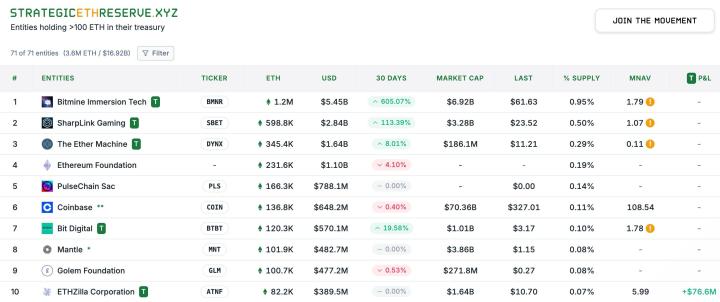Chainfeeds Guide:
From a single stablecoin issuer to a global digital financial infrastructure provider, this transformation path is full of variables.
Article Source:
https://www.techflowpost.com/article/detail_27572.html
Article Author:
TechFlow
Perspective:
TechFlow: First, the most notable aspect of the financial report is the dual growth of USDC circulation and market share. By the end of Q2, USDC circulation reached $61.3 billion, a year-on-year surge of 90%, and a 49% increase from the beginning of the year. As of August 10, this figure had further risen to $65.2 billion, indicating its continued growth momentum. In terms of stablecoin market share, USDC solidly occupies about 28% of the market, consolidating its position as the second-largest stablecoin. Secondly, USDC's trading activity has experienced explosive growth. USDC's on-chain transaction volume reached $5.9 trillion, a year-on-year surge of 540%. This explosive growth not only reflects the rapid expansion of USDC's use cases but also reveals the important trend of the entire stablecoin ecosystem transforming from mere value storage to a payment settlement tool. The financial report shows that Q2 total revenue reached $658 million, a year-on-year growth of 53%, with reserve interest income at $634 million (96.4% of the total), a year-on-year growth of 50%. Subscription and service income was $24 million (3.6%), a year-on-year growth of 252%. In this income structure, Circle's dependence on reserve interest income is still evident. Although subscription service income growth is as high as 252%, its absolute value remains small. Circle heavily relies on reserve earnings from the Federal Reserve's high-interest rate environment, and this dependence on a single income source constitutes its greatest operational risk. Once the Federal Reserve enters a rate-cutting cycle, Circle's profitability will face a severe test. Additionally, a point easily overlooked is that IPO-related high costs mask the actual operational performance. Looking at the overall picture, Circle's net loss in Q2 reached $482 million. Although this absolute value is large, if we look at it separately, IPO-related non-cash expenses totaled $591 million, with adjusted EBITDA at $126 million, a year-on-year increase of 52%. In other words, after removing IPO-related expenses, Circle's actual operational performance remains robust. The adjusted profitability indicators show that the company's core business maintains healthy growth, which explains why the stock price rose rather than fell after the financial report was released. On the same day the report was published, Circle also announced a secondary offering of 10 million shares. Calculated at the closing price of $163.21, this offering will raise $1.63 billion. Compared to the IPO price of $31, early investors' return rate exceeds 426%, with over $1 billion in cash-out amount. Among this, although Circle's CEO Allaire has sold 35,780 shares, he still maintains 23.9% voting rights. From the comprehensive financial report data, we can see that USDC's network effect is accelerating. However, Circle's challenges are equally significant: an income structure overly dependent on the interest rate environment, emerging competitors (such as PayPal's PYUSD), and the uncertainty of regulatory policies are all issues that must be addressed. The Q2 financial report provides a basis for assessing whether Circle is overvalued, but the final judgment still requires observing the performance in the next few quarters, especially Circle's adaptability when the interest rate environment changes.
Content Source







